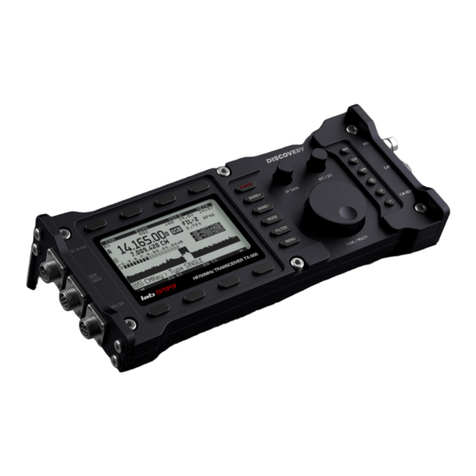
3
Table of Contents
Introduction ........................................................................................................................... 5
Controls end user interface ............................................................................................ 6
Device body and controls .............................................................................................. 6
User Interface ................................................................................................................. 8
Protections........................................................................................................................... 10
Basic Operations ............................................................................................................... 12
Getting Started ............................................................................................................. 12
Using the Menu ............................................................................................................ 12
Band Selection ............................................................................................................. 12
Mode Selection............................................................................................................. 13
VFOs A and B................................................................................................................ 13
RIT ................................................................................................................................. 14
XIT ................................................................................................................................ 14
VFO lock/unlock ........................................................................................................... 14
Transmit Settings......................................................................................................... 14
Receive Settings........................................................................................................... 16
Advanced Operating........................................................................................................ 18
Frequency Memories.................................................................................................... 18
DIG MODES (Audio Data Modes)................................................................................. 18
Split and XIT ................................................................................................................. 18
Receive Audio Equalization (RX EQ)............................................................................ 19
Transmit Audio Equalization (TX EQ).......................................................................... 19
Cross-Mode Operation ............................................................................................... 19
External power amplier control ................................................................................. 20
CW keyer memory ........................................................................................................ 20
Voice message memory .............................................................................................. 21
Accessories.......................................................................................................................... 22
Firmware Upgrades.......................................................................................................... 24
Remote Control.................................................................................................................. 25
Menu Functions ................................................................................................................. 26
00. Valcoder.................................................................................................................. 26
01. IF DSP ..................................................................................................................... 26





























